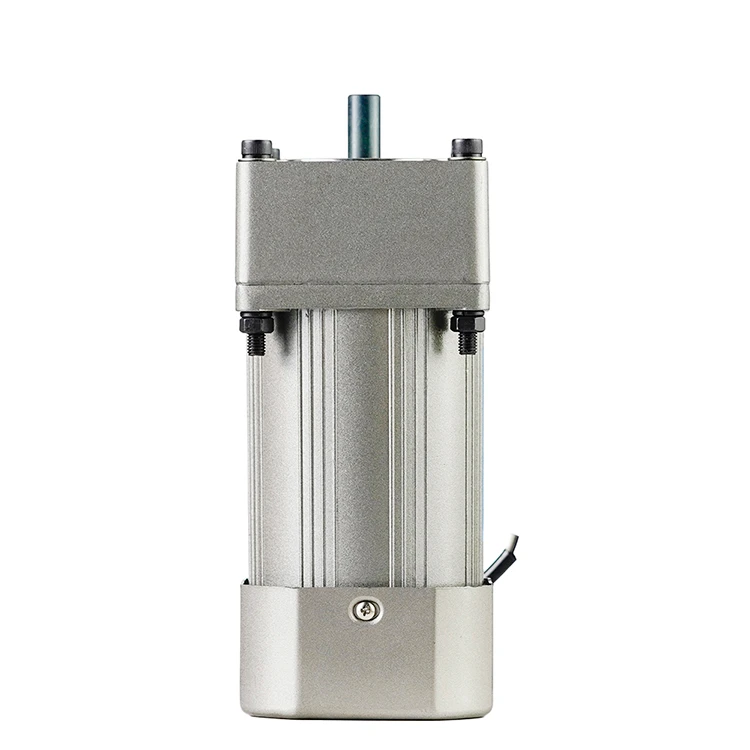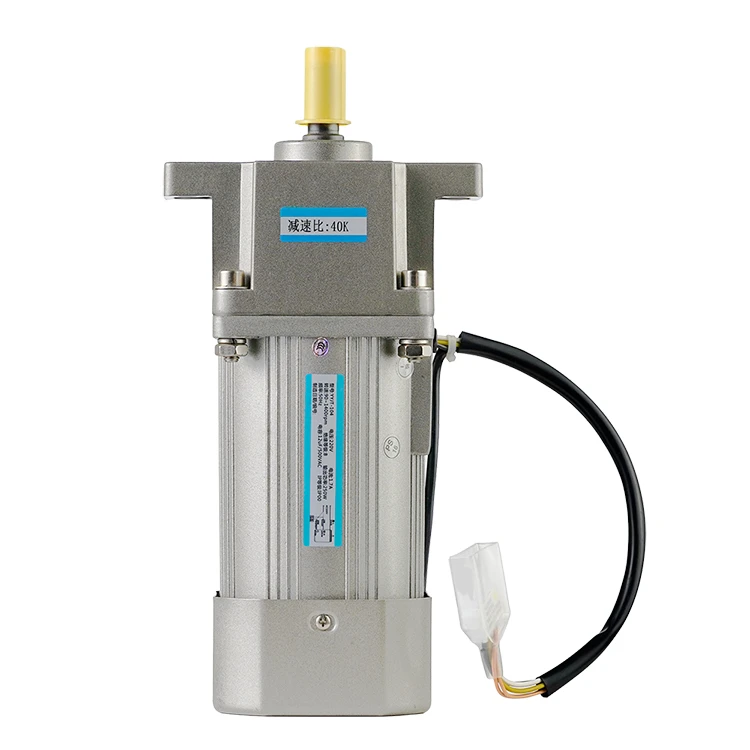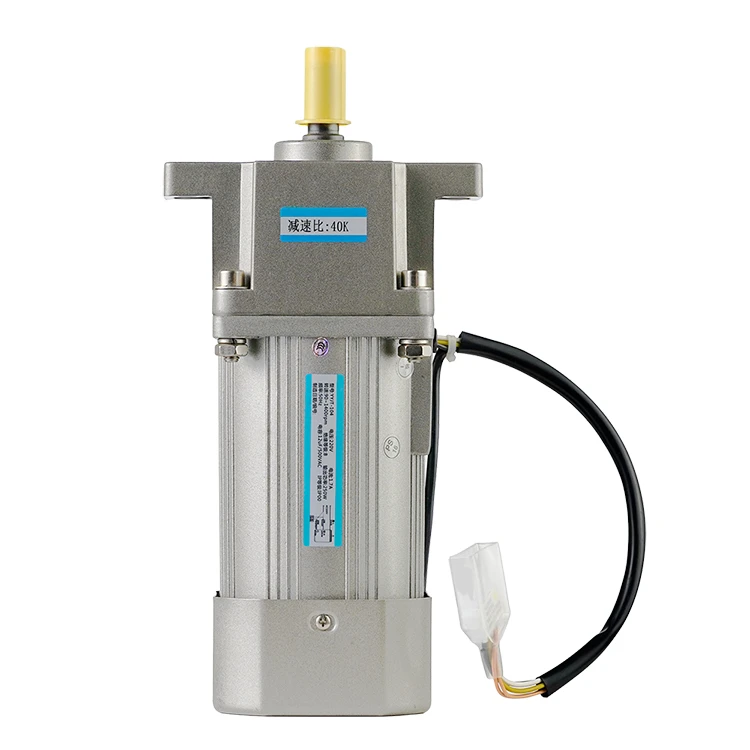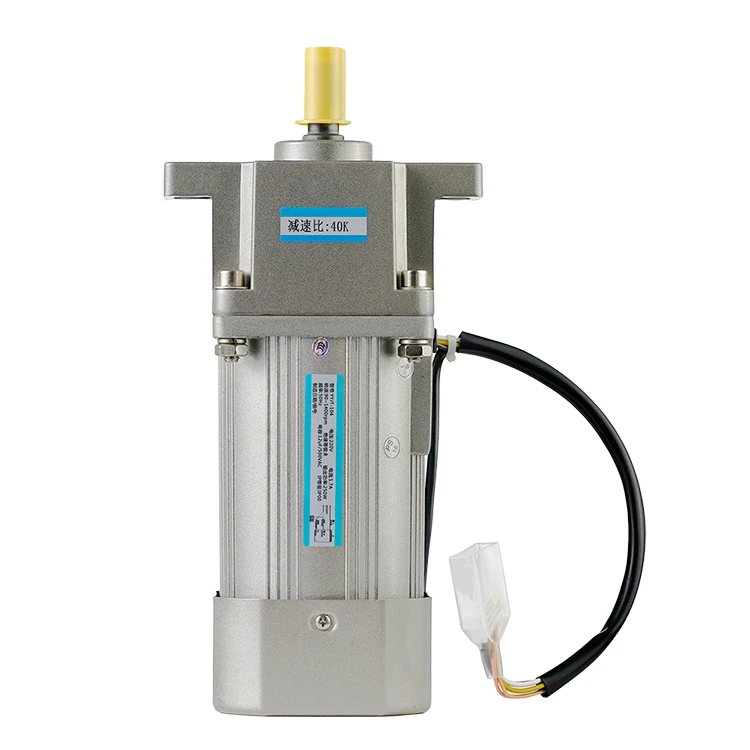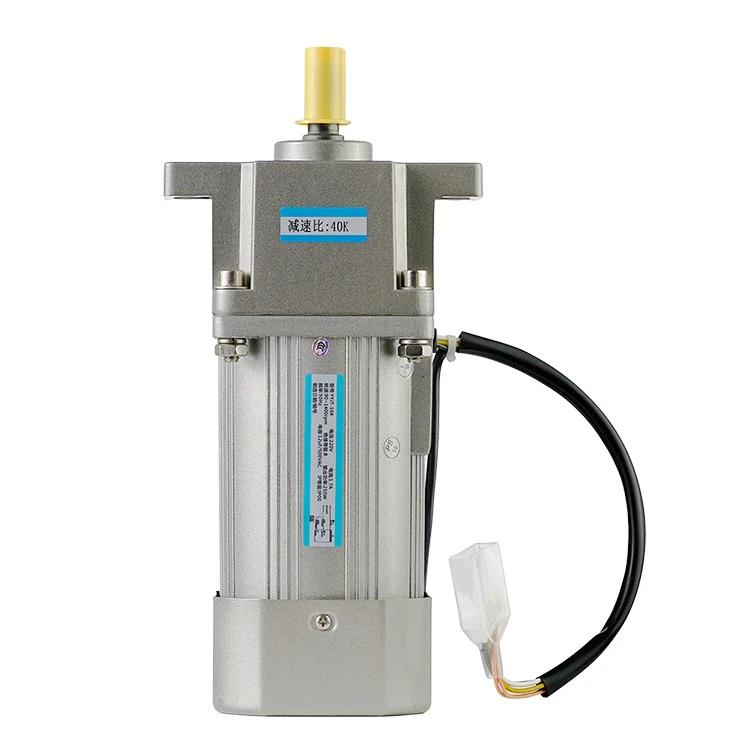Screw rod for electric linear actuator
2024-09-18 16:15:50
Electric linear actuators are widely used in various industries for precise control of linear motion. At the heart of most electric linear actuators is the screw rod, a mechanical component that converts the rotary motion of an electric motor into linear displacement. The screw rod is fundamental to the performance and functionality of the actuator, determining its load capacity, speed, efficiency, and accuracy. Different types of screw rods are available for electric linear actuators, including acme screws, ball screws, and roller screws. This article will delve into these types of screw rods, their distinct characteristics, and their respective applications.
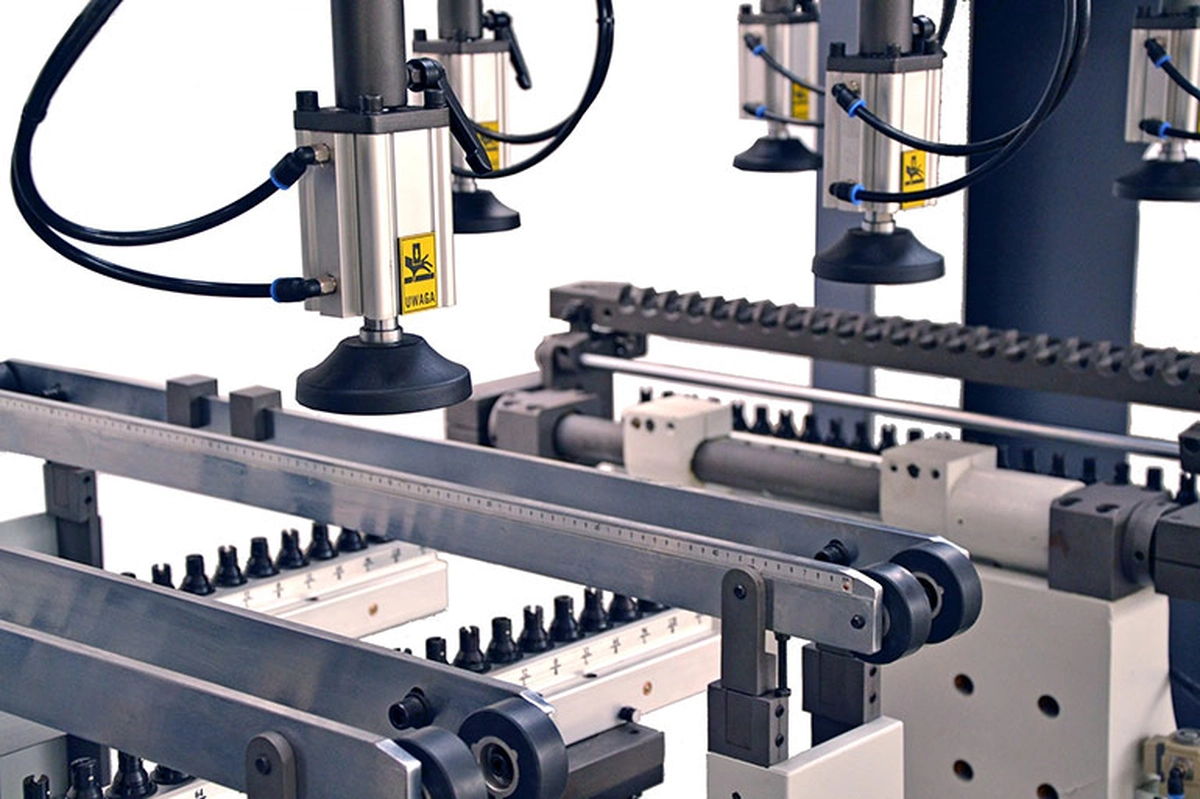
Types of Screw Rods in Electric Linear Actuators
There are three primary types of screw rods used in electric linear actuators: acme screws, ball screws, and roller screws. Each type has unique features that make it suitable for different applications based on factors such as load capacity, speed, precision, and efficiency.
- Acme Screws:
Acme screws are among the oldest types of screw rods used in linear motion systems. They feature trapezoidal thread profiles, which provide better surface contact between the screw and the nut. The larger surface area of the trapezoidal threads allows for greater load capacity, making acme screws suitable for heavy-duty applications.
One of the significant advantages of acme screws is their ability to self-lock. This means that they resist back-driving, making them ideal for vertical applications where maintaining position without constant power is important. The self-locking feature also eliminates the need for additional braking mechanisms, reducing system complexity and cost.
However, acme screws tend to have higher friction compared to ball and roller screws. The sliding friction between the screw and the nut generates heat and results in lower efficiency. Therefore, acme screws are generally better suited for applications with moderate speeds and shorter duty cycles, such as lifting mechanisms, manual jacks, and certain medical devices.
- Ball Screws:
Ball screws are a more advanced technology than acme screws and are designed to offer higher efficiency and speed. They use ball bearings between the screw rod and the nut to reduce friction. The ball bearings roll between the threads of the screw and the nut, minimizing friction and allowing the actuator to operate with greater speed and less energy loss.
Ball screws are particularly known for their high efficiency, with efficiencies often reaching above 90%. This makes them ideal for applications that require continuous operation or high-speed movement. Because ball screws minimize friction, they also have lower wear rates, translating to longer service life and less maintenance compared to acme screws.
One potential drawback of ball screws is their susceptibility to back-driving. Since they rely on rolling elements to transmit motion, ball screws do not naturally resist movement in the reverse direction when external forces are applied. As a result, a braking mechanism or external locking device is typically required in applications where position holding is critical.
Ball screws are commonly used in CNC machinery, robotics, and automotive manufacturing, where precision, efficiency, and speed are paramount.
- Roller Screws:
Roller screws represent the most advanced type of screw rod technology for electric linear actuators. They operate using multiple threaded rollers that rotate between the screw rod and the nut. The rollers engage with the threads of the screw and the nut, providing a larger surface contact area than ball screws. This larger contact area enables roller screws to handle extremely high loads while maintaining high efficiency and precision.
The high load capacity and durability of roller screws make them suitable for demanding applications that involve heavy forces, high speeds, or continuous operation. Additionally, roller screws are highly accurate and can provide precise positioning and repeatability, even in harsh or high-vibration environments. The rolling elements within roller screws reduce wear, further contributing to their long service life. However, its price is relatively expensive.
Comparing Acme, Ball, and Roller Screws
When selecting a screw rod for an electric linear actuator, it is important to consider the application requirements in terms of load capacity, efficiency, speed, and precision. Each type of screw rod offers different strengths and weaknesses, making it essential to match the screw type to the specific needs of the application.
- Load Capacity: Roller screws have the highest load capacity due to their larger contact surface area between the rollers and the screw threads. Acme screws also offer high load capacity but with lower efficiency. Ball screws, while highly efficient, have lower load capacities compared to roller screws.
- Efficiency: Ball screws offer the highest efficiency due to their rolling contact between the ball bearings and the threads. Roller screws also provide high efficiency, though slightly lower than ball screws. Acme screws have the lowest efficiency because of their sliding friction mechanism.
- Precision: Roller screws offer the highest level of precision and are ideal for applications that require accurate positioning. Ball screws also provide high precision but may require additional components to prevent back-driving. Acme screws provide moderate precision but are limited by their higher friction and lower efficiency.
- Cost: Acme screws are the most cost-effective option, followed by ball screws. Roller screws are the most expensive due to their complex design and manufacturing processes. However, the higher initial cost of roller screws can be offset by their longer service life and higher performance in demanding applications.
Applications of Screw Rods in Electric Linear Actuators
The selection of screw rod technology in an electric linear actuator depends largely on the specific application and operating conditions. Below are some common applications for each type of screw rod:
- Acme Screws:
- Lifting mechanisms, such as scissor lifts and hoists
- Medical devices, including patient lifts and hospital beds
- Manual jacks and presses
- Ball Screws:
- CNC machinery, such as milling and lathe machines
- Industrial robots, particularly in automated assembly lines
- Packaging machinery
- Automotive manufacturing
- Roller Screws:
- Aerospace systems, such as aircraft control surfaces and landing gear
- Defense and military equipment
- Industrial automation and heavy machinery
- High-precision manufacturing processes
Conclusion
The screw in the electric actuator will affect the performance, lifespan, and efficiency of the actuator. The screw can be mainly divided into three types, each with its own advantages, depending on the requirements of load, efficiency, speed, accuracy, etc.
See What Lunyee Can Do For You
Contact Us
- 8619149417743
- +86-0371-5562 0274
- [email protected]
- Zhengzhou, Henan Province, China
- Mon-Fri: 9:00 - 18:00
